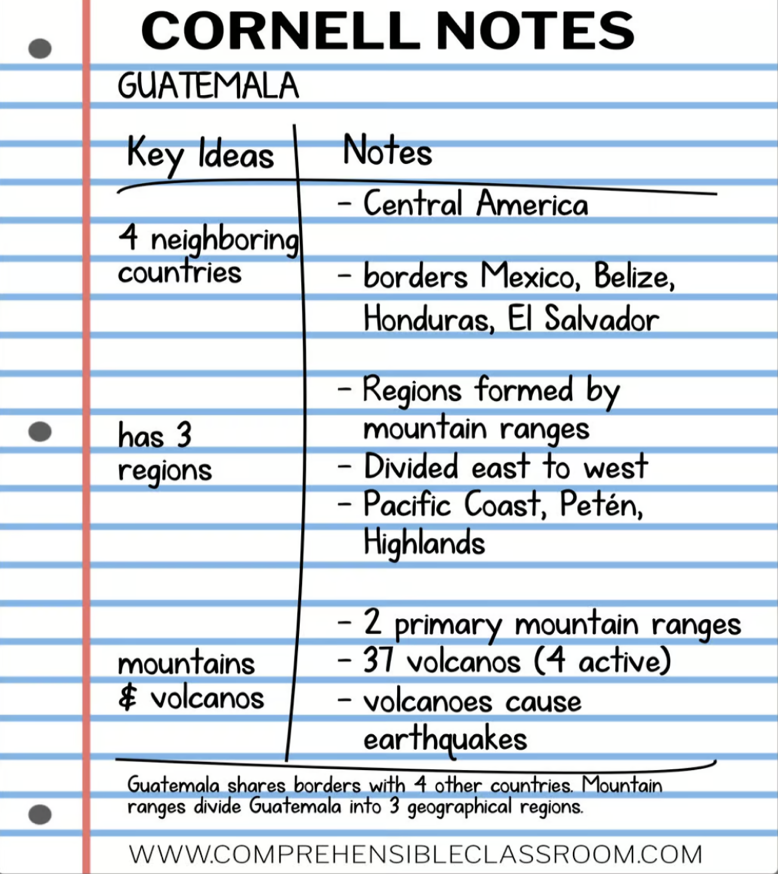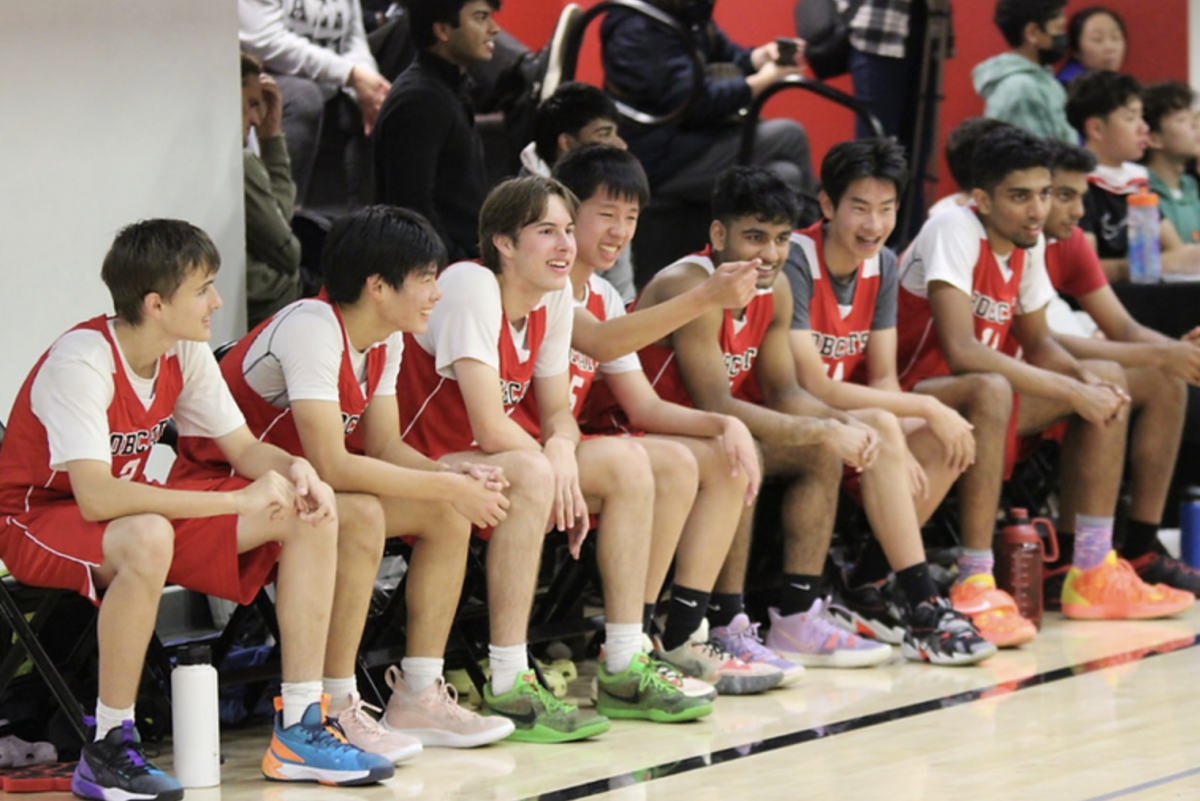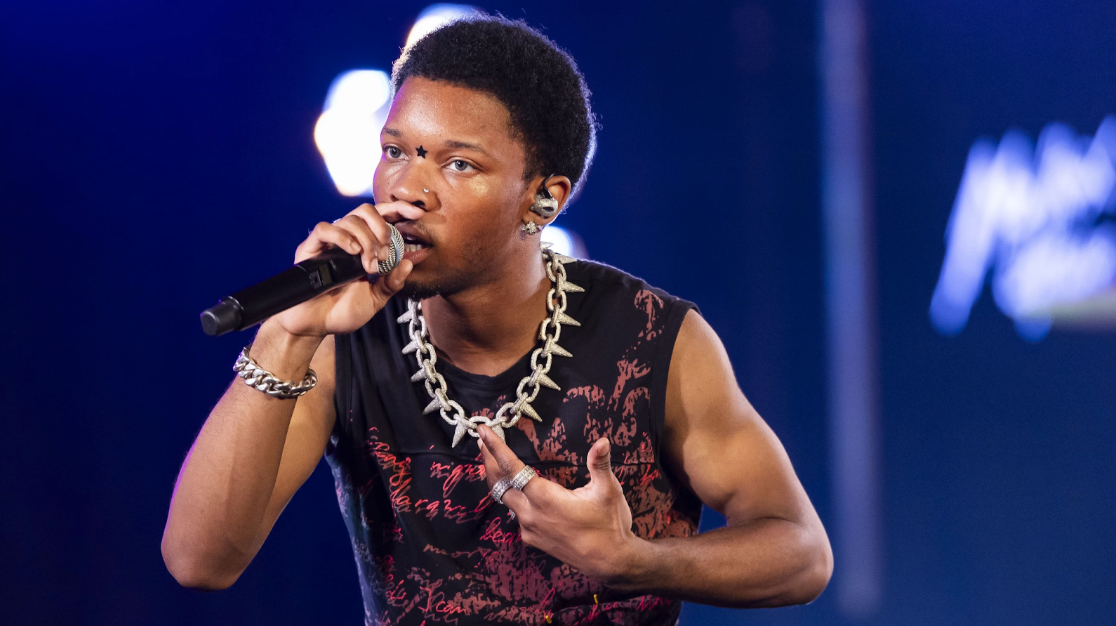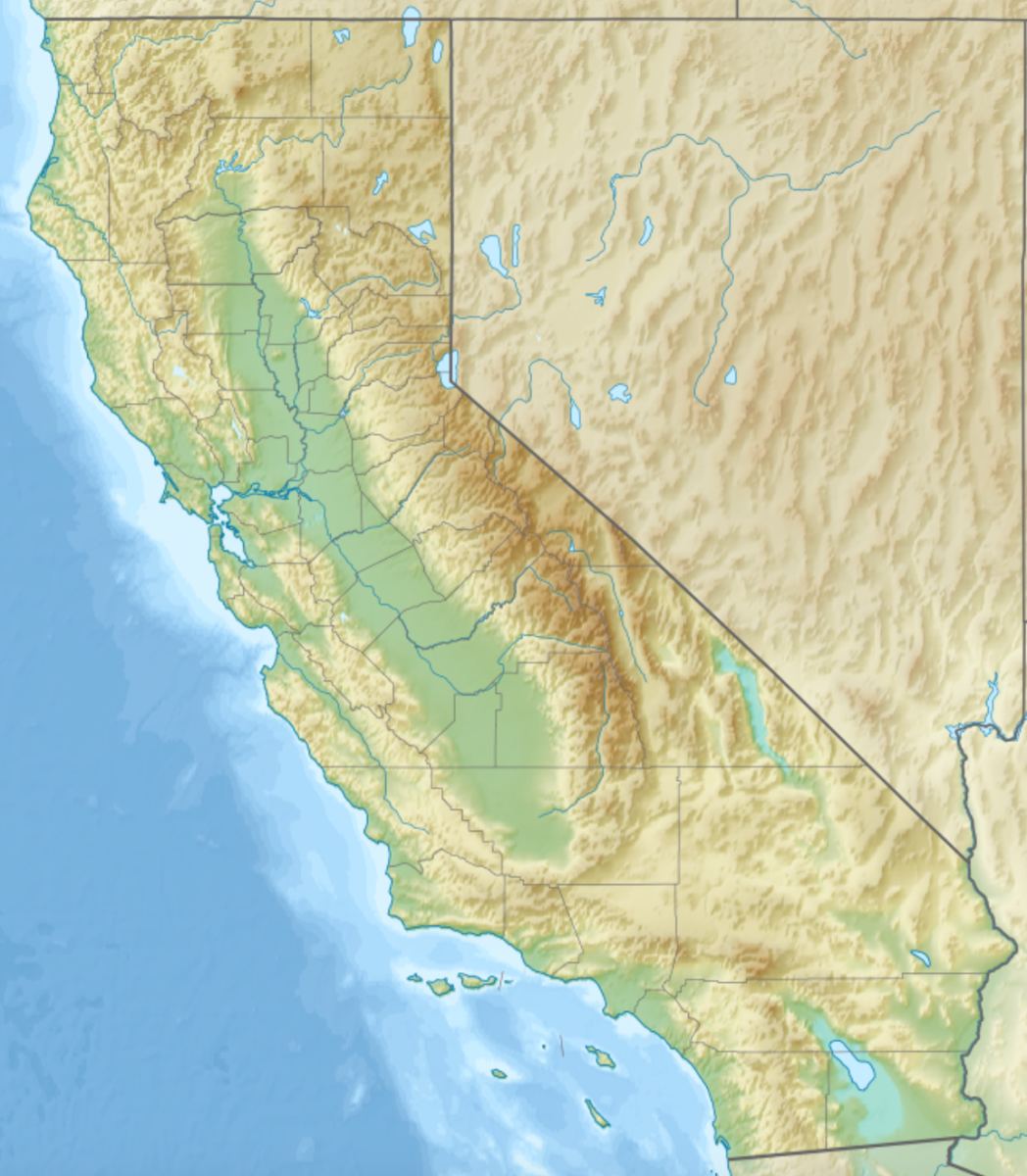In our current political system, candidates for the presidency can be elected even when they don’t win a plurality of votes. In fact, a president could theoretically be elected to office with just 22% of the popular vote (CGP Grey). As acclaimed science YouTuber CGP Grey put it, “Some people’s votes are more equal than others.” This contradicts the very idea of democracy, the idea that our leaders should be democratically elected by the people. So what’s to blame? An old system responsible for choosing our nation’s president, also known as the ‘Electoral College.’
In the Electoral College, people don’t actually vote directly for the president. Instead, they vote for electors, who are the people actually voting for president. Electors are assigned to states based on how many representatives they have in Congress. Most states award all their electors based on which candidate wins in that state. This is why we have the concept of ‘swing states,’ as a candidate who wins just 50.1% of the vote in a given state usually gets all the state’s electors. In swing states, the voters are almost equally split between the two major candidates, meaning that either of them could get that state’s electors. Thus, candidates place almost all of their focus on these swing states, as winning just 0.1% more of the vote in one of these states could be the deciding factor between an election victory or defeat. This runs against the express purpose of the Electoral College, which was designed to ensure no state’s needs are ignored by presidential candidates.
In addition, the number of representatives each state has in Congress is not directly proportional to the population of the states, a result of the Great Compromise. This means that in more populous states, like our own California, each voter’s vote counts for less than that of less populous states. When voting for president, the votes in our state have less impact on the election than those in a smaller state, like Wyoming, in which a vote has around 3.6 times the value of one in California. This disproportional balance allows for the scenario where a presidential candidate could win with only 22% of the popular vote; the candidate would simply gain the half-plus-one votes of the state with the largest electoral votes-to-population ratio, repeating until gaining the 270 electoral votes needed to go into office.
The Electoral College was designed by the framers of the Constitution to prevent the tyranny of the uneducated masses and make sure smaller states were represented appropriately. The Electoral College solved neither problem, unbeknownst to the framers. Electoral voters rarely give personal opinions on who to vote for, with only a few exceptional cases centuries before. Tracking of presidential campaigns shows that both the smallest and largest states are completely ignored by presidential candidates, who focus their energy on the swing states mentioned earlier.
There are quite a few good solutions to allow the voice of the people to be best heard but still safeguard against a passionate majority. First, an objective media source or a party-independent fact checker could evolve to ensure that candidates, well, actually have good policies. Both candidates in the 2024 presidential campaign have tried to make themselves seem more American–Donald Trump has boasted about his wealth so regularly that it is a core part of his campaign, and Kamala Harris iconically dropped the fact that she owns a handgun during the presidential debate. The two vice presidential candidates, especially in the debates on October 1st, did not seem to have unique positions on any policies. Instead, they tried to win over the swing states of the Midwest–a problem caused by the Electoral College–and tried to seem more Midwestern than the other, as both have highlighted their childhoods in the Midwest and their experiences coming from it, hoping to sympathize with voters. This is a recurring issue of late, but removing the Electoral College in this case and replacing it with a popular vote when the media evolves to become fully objective would make the presidential campaign more policy-focused and eliminate swing states by making every state able to switch public opinion if a candidate’s policies are bad.
Although the electoral college has been good at keeping the quality of past presidents high, the large issues surrounding identity politics, as well as its inherent flaws that once were hidden due to its overall good performance, make it more problematic than it should be in modern times. Thus, if media can evolve to accurately inform the public, the electoral college can be safely eliminated, along with identity politics.
Sources
CGP Grey. “The Trouble with the Electoral College.” YouTube, YouTube, www.youtube.com/watch?v=7wC42HgLA4k. Accessed 10 Oct. 2024.
Oliver K. Ernst, Ph.D. “What’s My Vote Worth?” What’s My Vote Worth?, Medium, 10 Jan. 2024, medium.com/practical-coding/whats-my-vote-worth-3ca2585b5d51.
Weber, Shirley N. “Electoral College Information.” Electoral College Information :: California Secretary of State, California Secretary of State, www.sos.ca.gov/elections/electoral-college. Accessed 16 Oct. 2024.
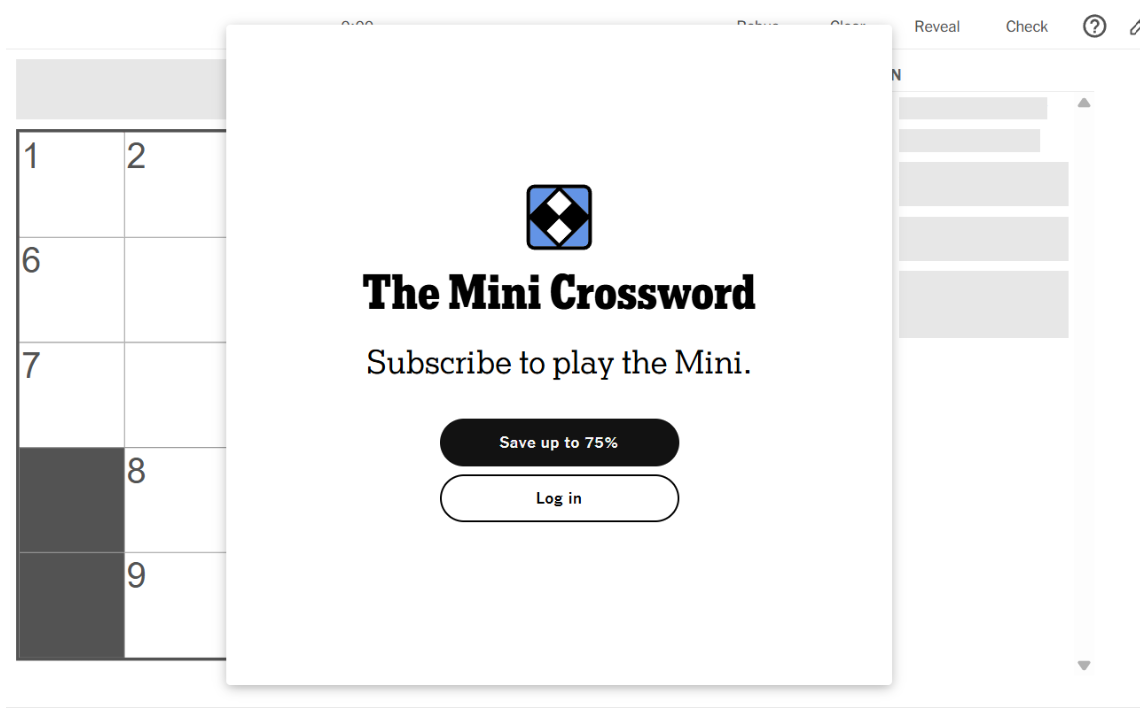





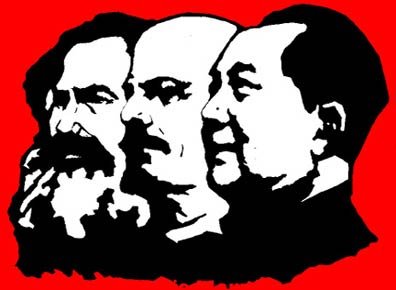



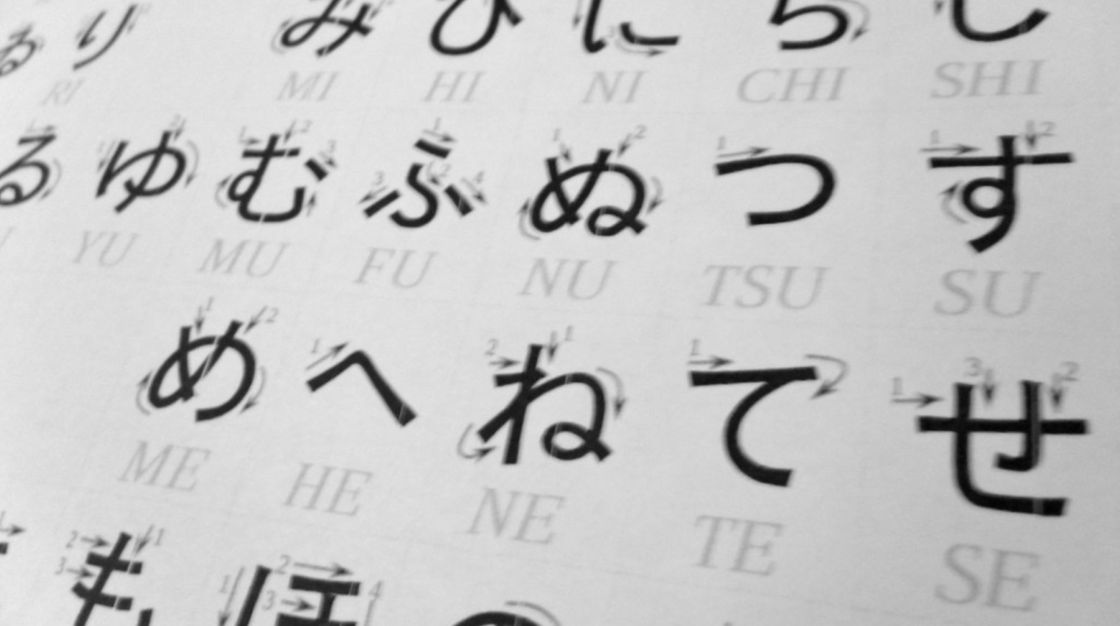






![Teacher [Milk] Tea: Part 2](https://bisvquill.com/wp-content/uploads/2024/03/Screen-Shot-2024-03-19-at-9.28.48-PM.png)
